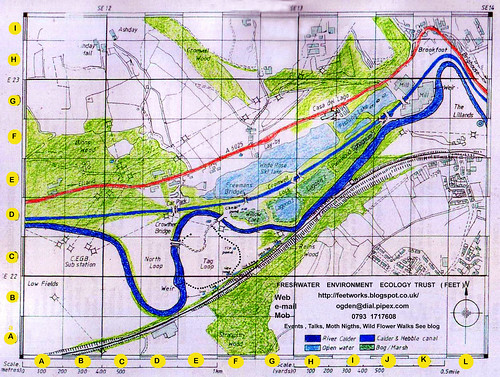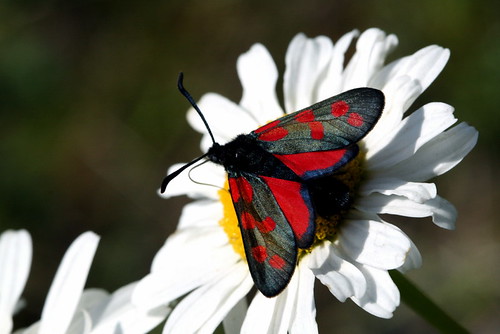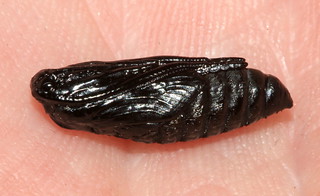A site meeting was held led and attended By Hugh Firman ( Conservation Officer ) and Robin Dalton ( Countryside Officer) . I am sure ALL concerned thank them both for given up their restricted time at the end of a working day and for an effective and courteous lead . It was also attended by CBWG and FEET (Freshwater Environment Ecology Trust) and others interested in the protection of the reserve It principally dealt with future Site work in each of the key ecological zones on Tag Loop and Brookfoot Loops .( NOT North Loop which as yet currently is not on the Authorities Schedule as a LNR )
1.Meadows ( a) depth of Cut (b) Frequency
of Cut (c) Timing of Cut (d) Pre & Post monitoring (e)
Seed Bank and floristic Mosaics
FEET - As always we will work responsibly with the Authority to provide solutions and indeed as part of our own remit work closely with farmers when advising on Environmental Stewardships and enhancing Wildlife Biodiversity arrangements which often reciprocate . If that is a limiting factor and I really don’t think it is , ie depth of Cut , One Cut between mean generational periods (Lepidoptera) Then (i) All Stakeholder Groups (FEET included) must work harder to gain resource input (2) The Authority must adequately fund Countryside services to be able to do that work
Post and pre Season monitoring is essential in deriving local best Practice interventions .
This years Burnet Moth counts are unpredicably nationally down , and this correlates with a reduction of in number of Birds Foot Trefoil areas at the junction of Tag Loop Meadows a small a qualitive survey one of a number of potential factors. Birds Foot trefoil is the Yellow Plant that is the larvale food plant for Narroe 5 and 6- Spotted Burnets MothColonies that normally are abundant on the reserve in July
FEET Position This years post meadow cut fauna reflects a possible strategy change in a number of respects Boosting Discrete stands of Bird Foot trefoil. Alterring the depth of the cut to allow a lepidoptera to survive or over winter as larvae in root systems and obtaining this years single cut toward the end of July between mean generational periods . Undertaking of Moth Survey recording prior to cutting
Seed banking
Re North Loop – Floristic Planning – FEET generally hold
seed for projects like this . Large quantities of seed will be needed post Nov 2014 for floristic
zoning on North Loop – in the interests of outcome seeding should be though through in
terms of local soil aspect , hill slope hydrology and placement in so far as what
might constitute a suitable micro habitat., mosaic or niche FEET will assist Authority on general advise to make this a succesful intervention
2.Willow Carr
Desire Lines and Public access . The intention to circum-navigate the Lagoon or to abridge Areas between Canal / River
by multiple bund like access points needs to be addressed in order to provide quiet breeding areas impacted less by human contact for Waterfowl and other Birds
FEET Position solution is a
simple one a small guide fence line abridging the front of lagoon and along the
edge of the Willow Car as pointed out vegetation will grow back and
naturally limit access and also protect any one from visual impairment straying into water of down inacessible slopes . Tree Removal in the Carr. We would advocate leaving the Willow alone as most of the important ecology in the Carr is generated through leaf litter (Fungi and Specific Plants ) This Carr has had the alleged top soil 300 mm by the CEGB removed
probably when the local authority skimmed off the best of the fly ash for building
the by pass . The ground in the naturally uneven and the Carr
adopts and holds good moisture layers and humidity levels within and across
seasonal rainfalls factors that are important to entomology fungi and other classes . Its our view that the action of direct sunlight on the fly ash will simply negate the positive effect of leaf litter or these import Shrub and Tree layer
3. Lagoon . Lagoon management has been good with a great deal of hard work by many individuals
FEET Position FEET acknowledge the enthusiasm and dedication to
have Lagoon filled by the alternate Group. In principle we would like
nothing more than to see A body of freshwater created Freshwater is the life
blood of all natural diversity but In Practice the Geology /
hydrology/ & Intervention on the site make this an expensive and difficult
project and with the nature of proximal water table and absence of underlying
Geophysics or Ground study a project which could potentially not meet the
objective of water retention. Additionally, adding a Volume of water in a Flood
Plain control Area is an implication that might preclude this project. If
it can be done and someone is willing to pay to do it that would be fantastic
!!
4. Tag Cut Pond Scrape Again the emphasis is on
Intervention monitoring . The Solution of a Ram Pump or natural Hillslope
gradient to top up the depleted pond scrape in principle is a good
solution in our opinion we would make no assumption without measuring and monitorring would not assume creating a dammed area at that
proximity to mine run off (including significant iron contect etc) would
promote the freshwater ecology indeed it may have the opposite effect with
Westerly Proximities of the Tag with good flow rate having better water quality
measures than the Easterly section currently being developed . The adjacent
Hillspope is sufficient to provide a Hydrostaic Flow or supply to the Scrape
without necessarily damming it . As stated at the Site meeting it will not
introduce new Species of Dragonfly which have not been traditionally found and depend on specific Water Parameters (DO, Temp , and other factors) With Larvae of many species Eg Hoverfly taking
in some cases up to 3 years to complete cycles the effect of interventions can
be delayed emphasis is on Intervention monitoring .FEET Position Assist in monitorring water quality and intervention impact but not at cost to the Trust
5. Other
Mammal Survey As a Stakeholder Group it would have been nice have been briefed on the
Objective, Methodology , Skill Base and purpoise of this work , which incidentally
only became apparent when conveyed by a local dog walker who's dog had picked
one up !! FEET have recently appointed a port folio for Mammal Welfare Member , and Environmental Law Port folio
Benches Feedback -
FEET Position We would much prefer the Use of large Stone such as is found near the Tree Sparrow Area and Bird feeding area . (i) It is not man made and less visually intrusion (ii) It is permanentand not open to destruction or theft (iii) Ameniable to cleaning etc Re Newt Corner there is no major need to extend by any significant amount hard surfacing of the pathway to the proximity of the lagoon edge
In General The Calderdale Reserve continues to throw up New and Interesting Records for Yorkshire . and is a reflection of the hard work interest that many have given to the reserve.
Member ship Local FEET at Cromwell is now open




No comments:
Post a Comment